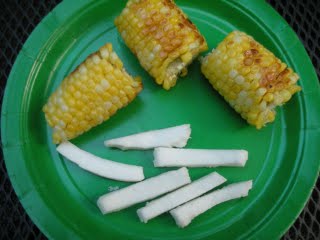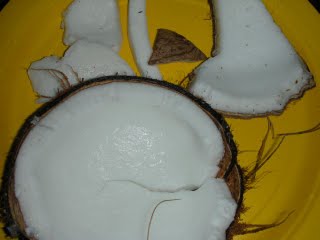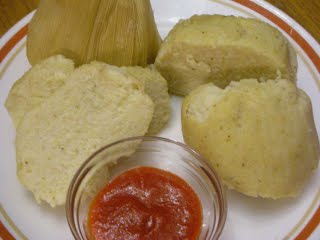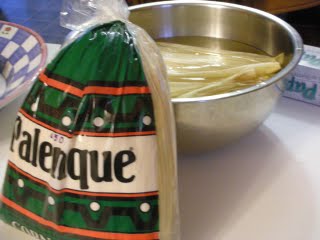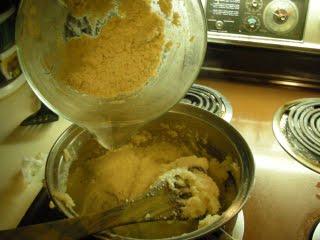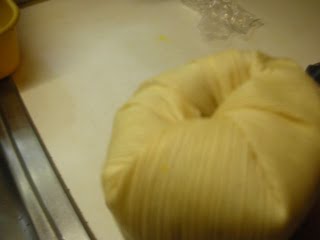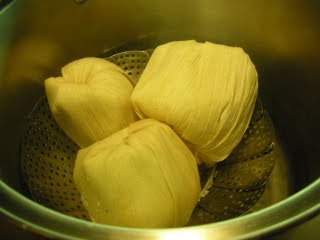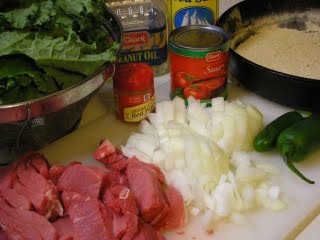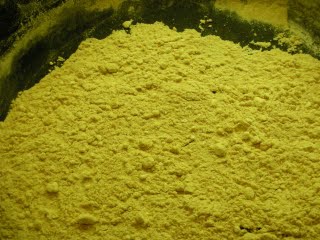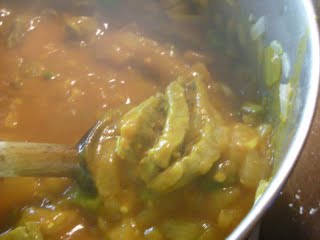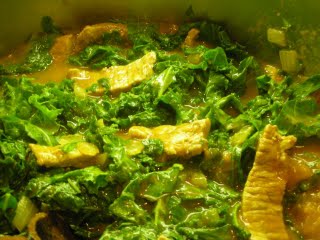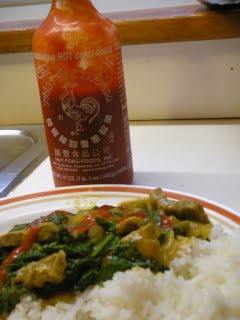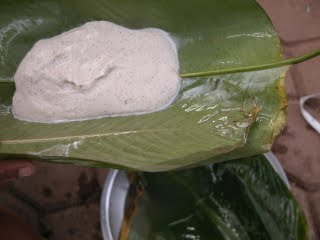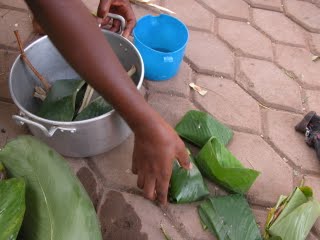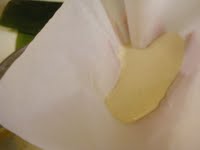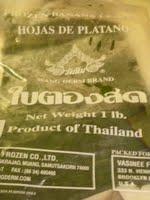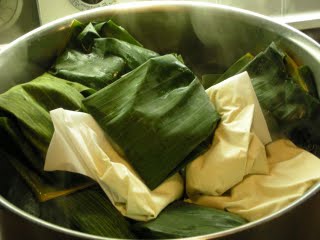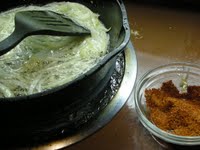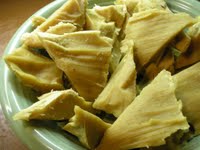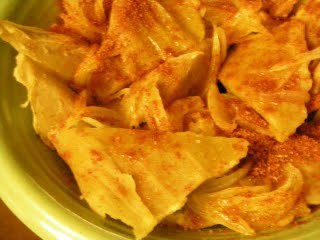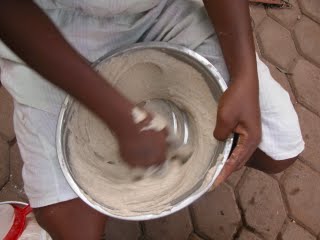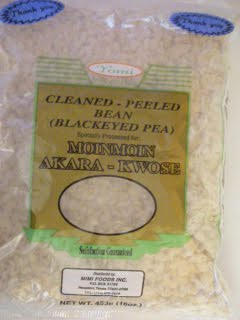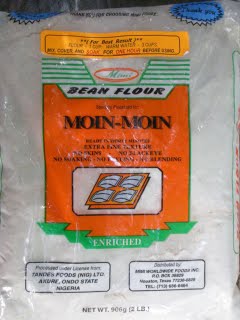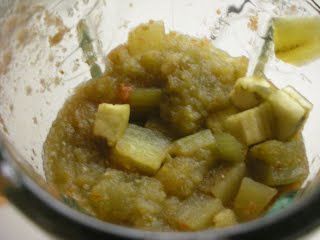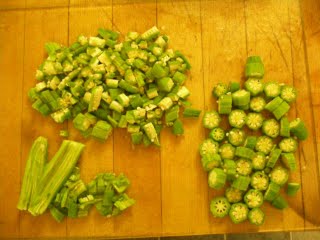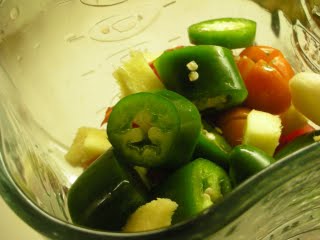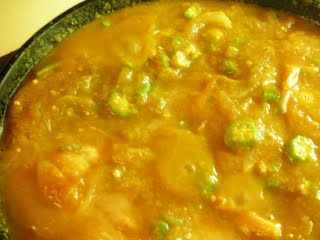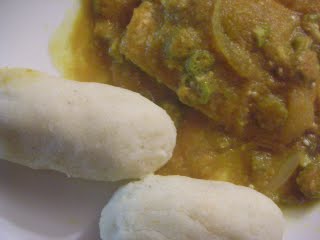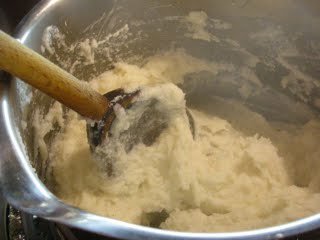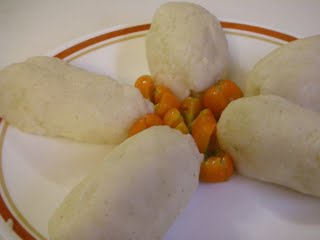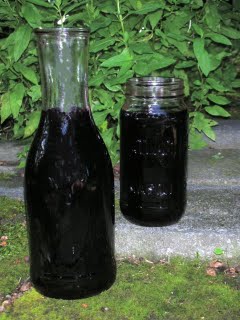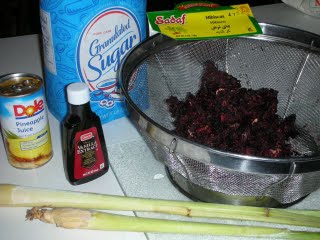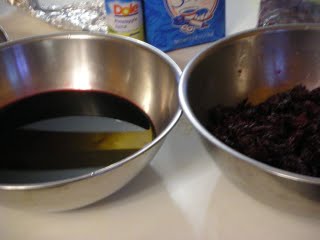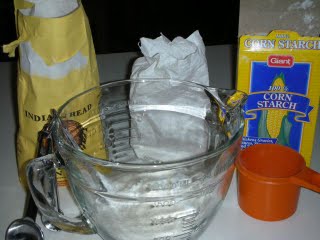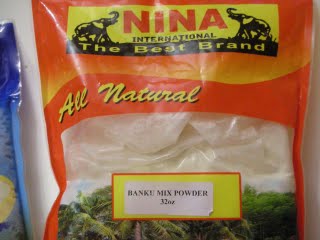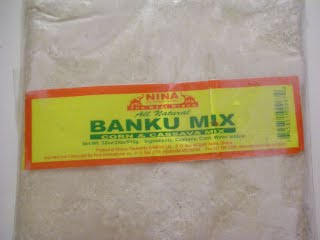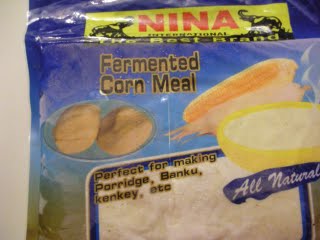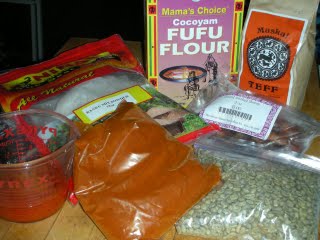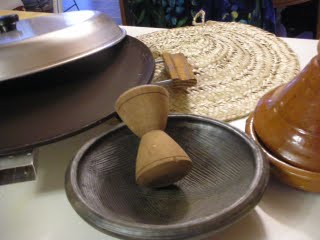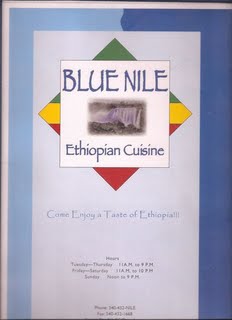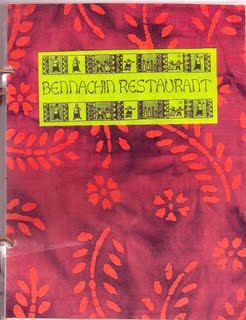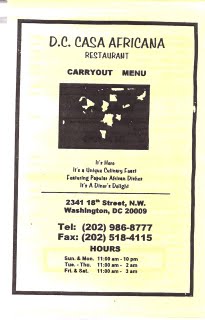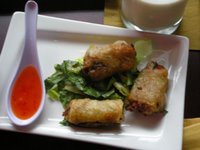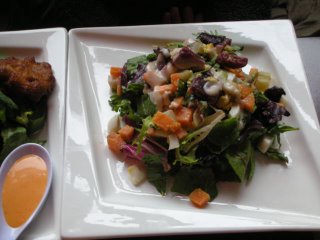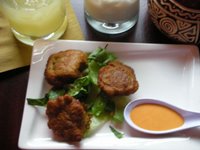How cool is this: 2009 Ghana Obama cloth
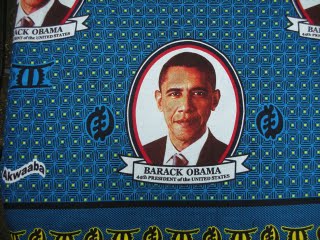 The U.S. and Ghana have a long history of friendship, even though relations have sometimes been strained. Ghana's first Prime Minister, Kwame Nkrumah, got his bachelor's degree at Lincoln University in 1939. There's a nice 1958 picture of him placing flowers at the Lincoln Memorial. I remember the joy with which President and Mrs. Rawlings and Ghanaians embraced President Clinton and his wife when they visited Ghana in March 1998. In 2008, during a visit by President and Mrs. Bush, Ghana's President Kufuor decided to name a future 6-lane road the George Bush Motorway.
The U.S. and Ghana have a long history of friendship, even though relations have sometimes been strained. Ghana's first Prime Minister, Kwame Nkrumah, got his bachelor's degree at Lincoln University in 1939. There's a nice 1958 picture of him placing flowers at the Lincoln Memorial. I remember the joy with which President and Mrs. Rawlings and Ghanaians embraced President Clinton and his wife when they visited Ghana in March 1998. In 2008, during a visit by President and Mrs. Bush, Ghana's President Kufuor decided to name a future 6-lane road the George Bush Motorway. But never has there been as much excitement as President Barak Obama's election generated. When President Obama visited Ghana in July, 2009, that joy overflowed.
 Ghanaians honored him, as they do great leaders, by designing a special commemorative cloth (red, white and blue!) printed with the words "akwaaba," meaning welcome, and with important cultural symbols: the adinkra symbol "Gye Nyame," which means "except for God," and gives honor to God, and also traditional stools, symbols of authority, with a little exuberant yellow brightening things up. Definitely a cool, made-in-Ghana original(Akosombo Textiles Ltd). I've already gotten a couple of yards for a
Ghanaians honored him, as they do great leaders, by designing a special commemorative cloth (red, white and blue!) printed with the words "akwaaba," meaning welcome, and with important cultural symbols: the adinkra symbol "Gye Nyame," which means "except for God," and gives honor to God, and also traditional stools, symbols of authority, with a little exuberant yellow brightening things up. Definitely a cool, made-in-Ghana original(Akosombo Textiles Ltd). I've already gotten a couple of yards for a  tablecloth, but I may get some more to have an outfit sewn. Available online from AfricaLiving.
tablecloth, but I may get some more to have an outfit sewn. Available online from AfricaLiving.Now, does anyone know what Obama ate when he was in Ghana? And has he eaten any African food at the White House? The day in November after he was elected, I called his office in Chicago and asked if I could send my book A Good Soup Attracts Chairs: A First African Cookbook for American Kids to his wife Michelle and their 2 children. I was told it was fine as long as the value wasn't over something (I forget the exact amount). I wrote a letter, sent the book, and waited. A couple of months later it was returned to me unopened. I was very sorry. I really think Sasha and Malia would've enjoyed making peanut soup or meat pies or twisted cakes.
Labels: AfricaLiving, Ghana cloth, Obama cloth, Obama in Africa
